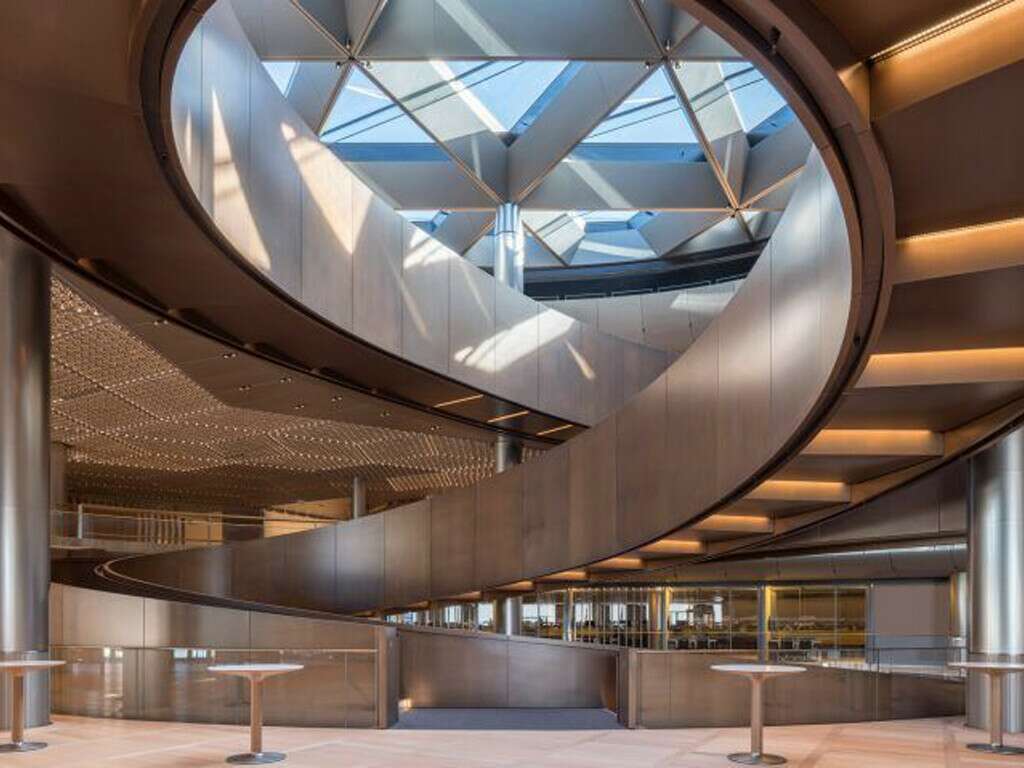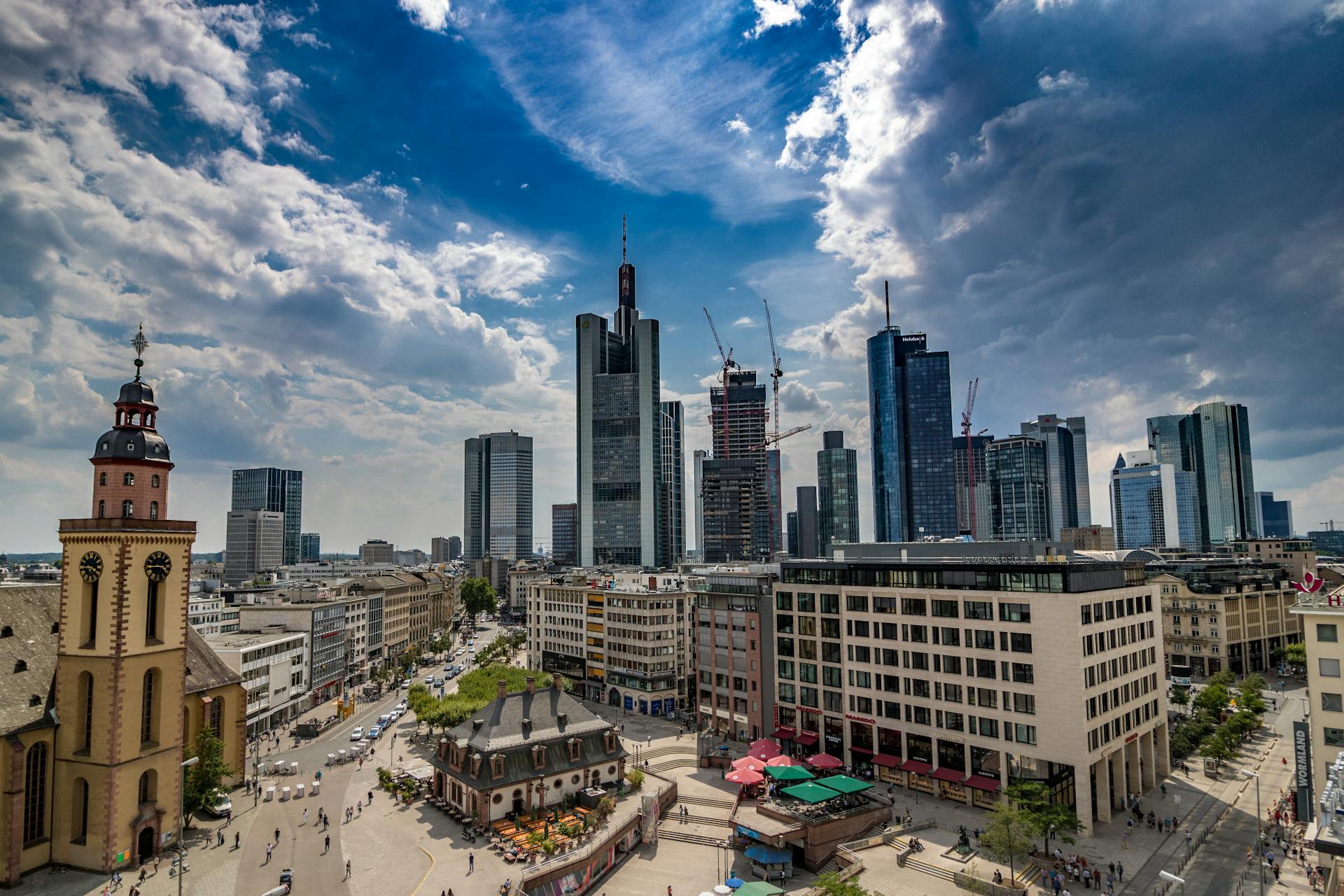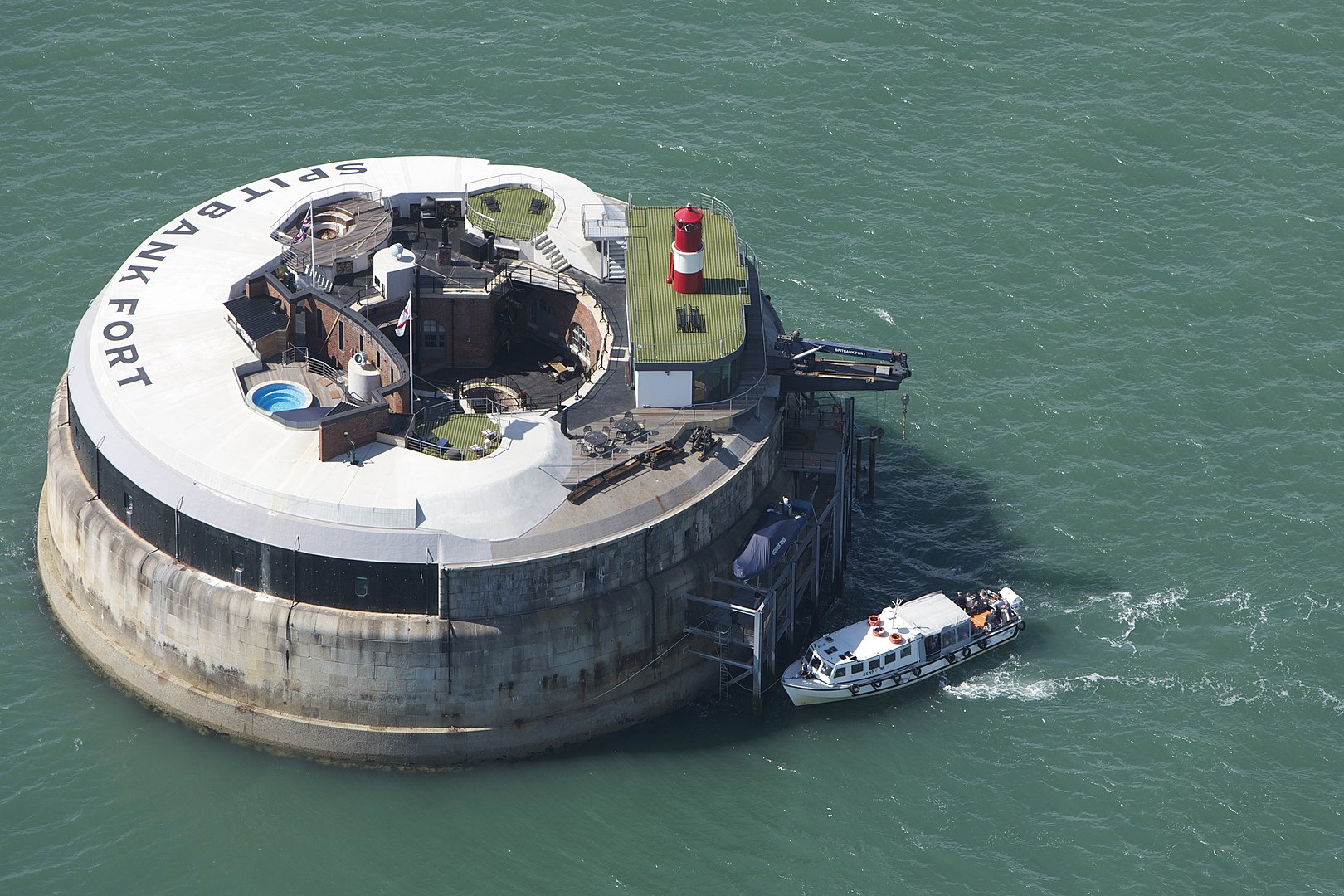25.10.2019, 13:37
What Property Owners Can Learn from London’s Most Sustainable Office Spaces
With sustainability on everyone’s minds, more and more businesses and large companies are making huge strides to ensure that the way they operate leaves the smallest footprint on the plant and the communities in which they are located.
Progressive homeowners can also learn a thing or two about making their homes more energy-efficient and reducing their footprint on the planet. So, let’s have a look at some of the most earth-friendly offices in London and how homeowners can implement some of their strategies for sustainability.
Efficient Heating
PricewaterhouseCoopers’ headquarters building at 7 More London Riverside was the first building in the Capital to receive an outstanding BREEAM rating. One of its key upgrades is a biodiesel-fuelled combined heat and power plant which can provide power and heat to the entire building and also use waste heat to power the refrigeration system when cooling is needed, for a highly efficient system. In ‘Making Small Properties Energy Efficient’ blogger, Cathy Spears, considered how homeowners can make their heating system more efficient by replacing ageing boilers. New boilers are much more energy-efficient and sustainable and can help businesses save on utility bills. HomeServe detail how a large number of homeowners are replacing their old boilers for more sustainable combi boilers. Some A-rated combi boilers have an efficiency rating of 98-100 per cent and could save homeowners between £300-£400 annually compared to older 50-60 per cent efficient boilers.
Water Conservation
Bloomberg’s London office has been named the world’s most sustainable office building with a 98.5 per cent BREEAM sustainability rating. One of its main features is its water collection and conservation system which Bloomberg says is 70 per cent more efficient than a typical office building. The system saves 25 million litres of water a year, collecting rainwater from the roof and “grey water” from sinks. Homeowners can help save water in their home by installing aerating taps and showerheads which greatly reduce the flow of water while providing almost the same pressure as a regular shower head. Additionally, with toilets accounting for about 30 per cent of household water usage, installing a double-flush toilet will use 7-9 litres less water per flush than older models. Harvesting rainwater in the garden by installing a water butt will also help cut down water usage in the summer by watering plants with harvested rainwater.
Solar Energy
London’s ‘Walkie Talkie’ tower, 20 Fenchurch incorporates roof-mounted solar panels which are estimated to generate over 27,300 kWh of electricity per year. Together with the installed hydrogen fuel cell, the building’s carbon dioxide emissions have been reduced by at least 270 tonnes per year. With rising energy costs, homeowners throughout the UK are installing solar panels in their homes and going partially or completely off the grid to reduce their carbon footprint and save money. With installation prices also dropping by 66 per cent in the last 9 years, the rate of return on a 5kW roof-mounted system is around 8.10 per cent for a £7,600 investment, according to Green Business Watch. The system can power most family homes and in addition to the energy savings, homeowners can sell any surplus energy back to the grid for about 4.77p/kWh for extra annual savings.




